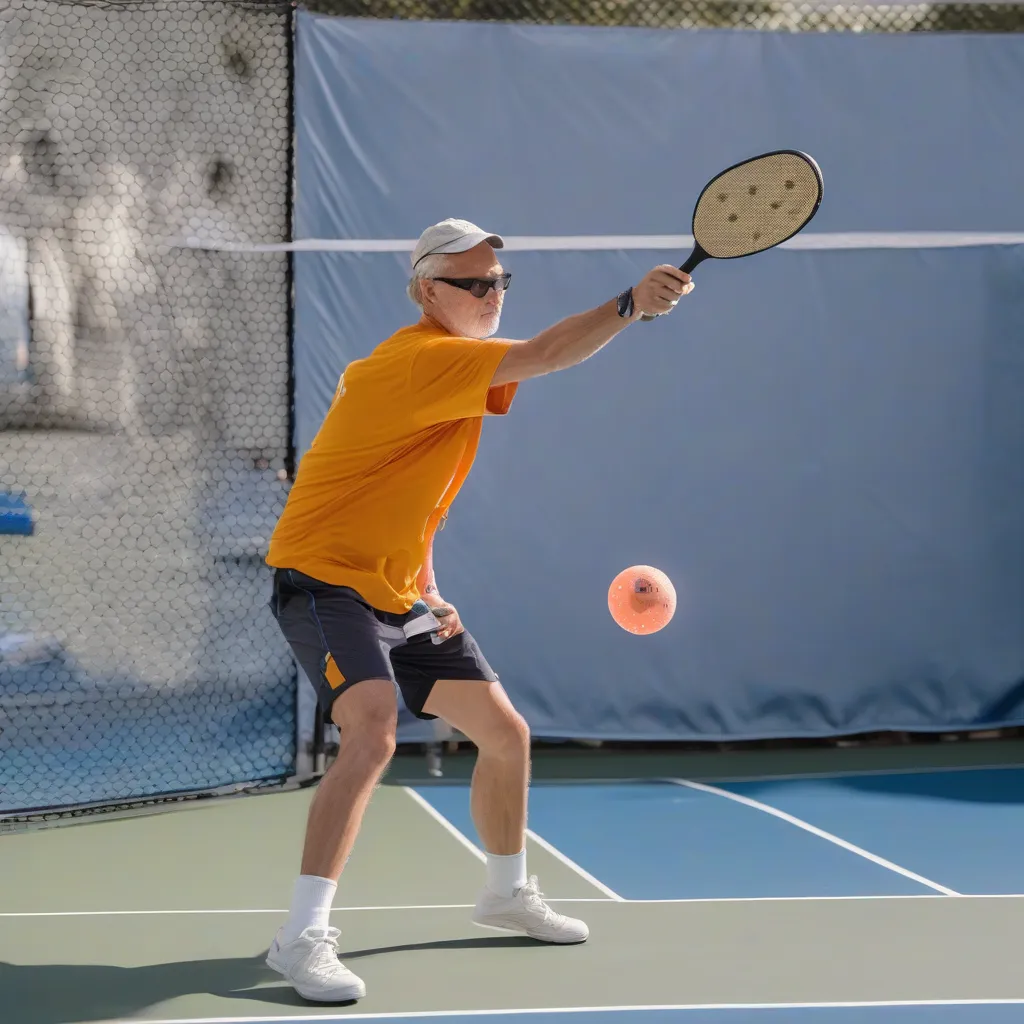Imagine this: the satisfying thwack of the paddle connecting with the ball, sending it whizzing over the net before your opponent can react. That’s the magic of a well-executed pickleball volley. But, like all things pickleball, there are specific rules governing this exhilarating shot. Understanding these rules is key to not only elevating your game but also ensuring fair play and avoiding penalties. So, let’s dive into the essential rules regarding pickleball volleys and equip you with the knowledge to dominate the kitchen.
What Exactly is a Volley in Pickleball?
Before we delve into the rules, let’s clarify what constitutes a volley. A volley is striking the ball in the air before it bounces on the court. It’s a fast-paced, aggressive shot often used at the net to put pressure on your opponent.
The Non-Volley Zone: The Kitchen’s Heart
The most crucial rule regarding volleys revolves around the non-volley zone (NVZ), affectionately known as “the kitchen.” This seven-foot area extending from the net on both sides is a no-volley zone. This means you cannot volley a ball while standing within this zone.
Stepping into the Kitchen: When is it Allowed?
While you can’t volley inside the kitchen, you can enter the NVZ to play a ball that has bounced. Once you’ve made contact with the ball after the bounce, you can remain in the kitchen. However, you must exit the kitchen before attempting another volley.
Faulting in the Kitchen: Common Mistakes
There are several ways you can commit a fault related to volleying in pickleball:
Volleying in the NVZ
The most obvious fault is volleying while standing in the kitchen. Even if your momentum carries you into the NVZ after the volley, it’s still a fault if your feet were in the kitchen at the moment of contact.
Volleying after Stepping into the NVZ
If you step into the kitchen and then attempt to volley a ball before it bounces, it’s a fault. You must let the ball bounce first before making contact with it while inside the kitchen.
Touching the NVZ with your Paddle or Body while Volleying
This rule is often overlooked. If any part of your body or paddle touches the kitchen while you’re volleying a ball outside of the NVZ, it’s a fault. This includes your shoe, clothing, or even your paddle grazing the line.
Advanced Volley Rules and Strategies
Understanding the basic volley rules is essential, but mastering the nuances will elevate your game.
The Volley Lob: A High-Risk, High-Reward Shot
A volley lob is a defensive shot executed at the net, sending the ball high over your opponents’ heads. While difficult to master, a well-placed volley lob can create opportunities for aggressive follow-up shots.
The Drop Shot Volley: Finesse at the Net
The drop shot volley is a delicate shot requiring precise placement. It’s a soft volley that just clears the net, making it difficult for your opponent to retrieve.
Reading Your Opponent: Anticipating the Volley
Anticipating your opponent’s shots is crucial for effective volleying. Watch their paddle position and body language to predict where they’ll hit the ball, allowing you to position yourself for a winning volley. “As a seasoned pickleball coach,” says fictional coach Rick Johnson, “I always emphasize the importance of anticipating your opponent’s moves. It’s like a chess match at the net.”
 Pickleball Volley at the Net
Pickleball Volley at the Net
Mastering the Volley: Practice and Patience
Mastering the pickleball volley requires practice, patience, and a deep understanding of the rules. By consistently applying these rules and incorporating strategic volleying techniques, you can add a powerful weapon to your pickleball arsenal and take your game to the next level. Remember the words of fictional pickleball champion Sarah Lee: “Pickleball is all about strategy and finesse, and the volley is where those two elements truly shine.”
- Bond, Payton (Author)
- English (Publication Language)
- Baker, Joe (Author)
- English (Publication Language)
- Anderson, Brian (Author)
- English (Publication Language)
- Carnot, Prem (Author)
- English (Publication Language)
- Palcic, Lisa (Author)
- English (Publication Language)
- Callahan, John (Author)
- English (Publication Language)
- Hall, Dennis (Author)
- English (Publication Language)
- Baker, Mr. Joe (Author)
- English (Publication Language)
- Foster, Blake (Author)
- English (Publication Language)
- Satka, David (Author)
- English (Publication Language)
Common Questions about Pickleball Volleys
Can you volley a serve in pickleball?
No, you cannot volley a serve in pickleball. The serve must bounce before it can be returned.
What happens if the ball hits the non-volley line during a volley?
If the ball lands on the non-volley line during a volley, it is considered a fault.
Can I jump into the kitchen to hit a volley?
No, jumping into the kitchen to hit a volley is a fault, even if you land outside the kitchen after making contact with the ball.
Conclusion
The rules regarding pickleball volleys are foundational to fair play and strategic gameplay. Mastering the non-volley zone, understanding fault scenarios, and practicing advanced techniques are essential for any aspiring pickleball player. By diligently applying these rules, you can elevate your game, enjoy the thrill of a well-executed volley, and dominate the kitchen. Now, share your experiences and questions about pickleball volleys in the comments below! We’d love to hear from you and continue the conversation. Also, don’t forget to share this valuable information with your fellow pickleball enthusiasts!









